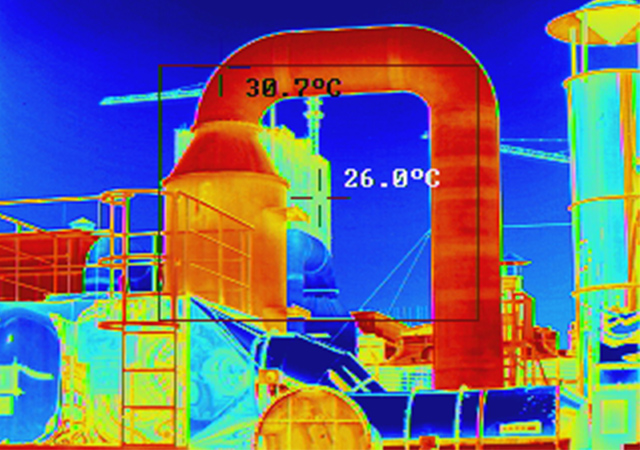Optical gas imaging is an advanced technique that enables the detection and visualization of certain gases, including hydrocarbons, in the infrared spectrum. This technique is widely used across industries, including oil and gas, petrochemical, and chemical manufacturing, as it can help identify gas leaks and other potential hazards. A key tool used in optical gas imaging is the infrared camera core.
Infrared camera cores specifically designed for optical gas imaging are typically built using cooled infrared detectors that can detect very low concentrations of gas in ambient air. Cooled detectors increase the sensitivity and specificity of the imaging system, resulting in highly accurate and detailed imaging. Additionally, these cameras are usually fitted with specialized filters that suppress any stray light and improve the contrast of the gas plume against the background.
Infrared camera cores designed for optical gas imaging come equipped with spectral filters that can capture images at specific wavelengths, allowing for the detection of specific gases. For example, a mid-wave infrared camera core equipped with a filter at 3.3 µm wavelength can detect small leaks of methane, while a long-wave infrared camera can detect the presence of hydrocarbons such as propane, butane, and benzene.

These infrared camera cores are also designed to be portable and adaptable for use in the field. They are commonly fitted onto handheld devices and mounted onto drones for high-altitude surveying of large areas. By incorporating the latest technology, these cameras can offer high-quality imaging in real-time, helping to identify and mitigate potential hazards quickly.
In summary, optical gas imaging is an essential technique for many industries, and infrared camera cores specialized for this purpose offer unparalleled sensitivity and specificity. Designed using the latest technology, these cores enable operators to detect and identify hazardous gases in the field, helping to minimize risk, avoid accidents, and ensure compliance with regulations. The use of infrared camera cores in optical gas imaging is crucial for safeguarding the health and safety of workers, facilities, and the environment.
Go Top